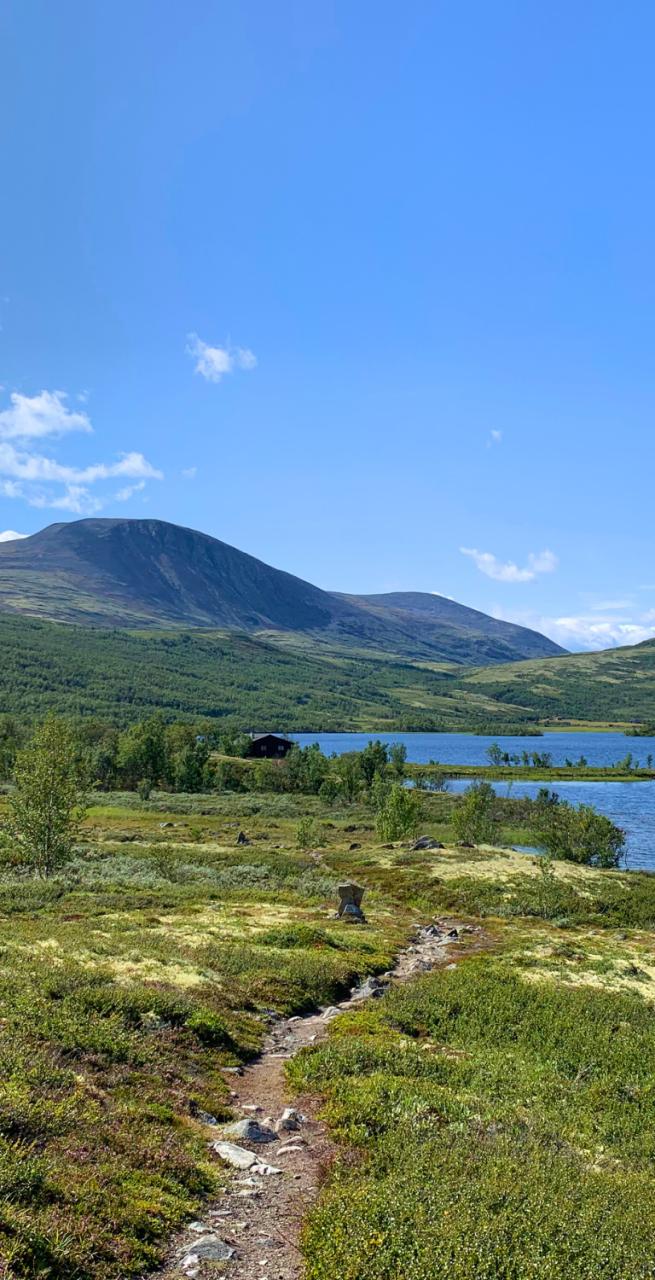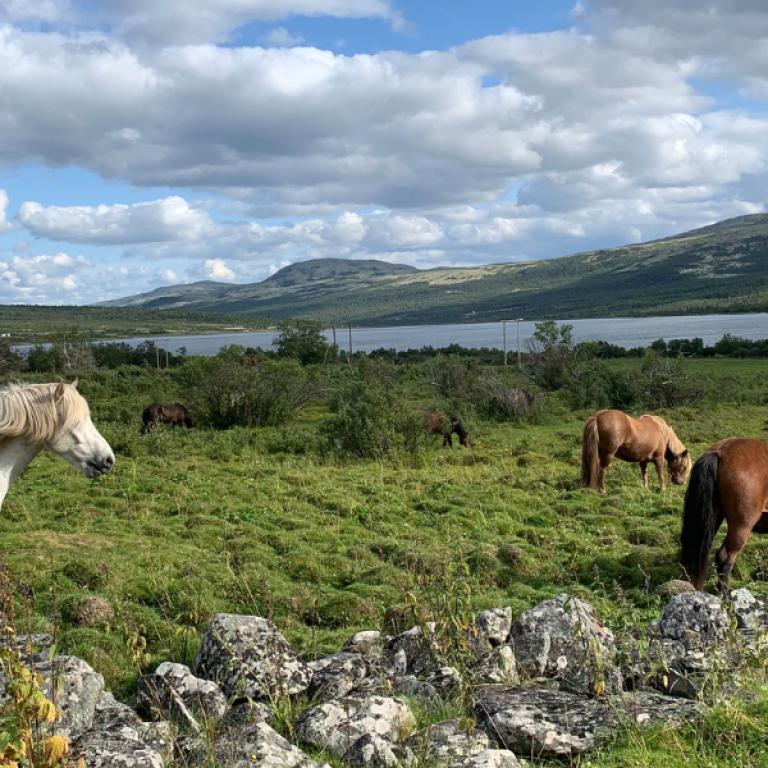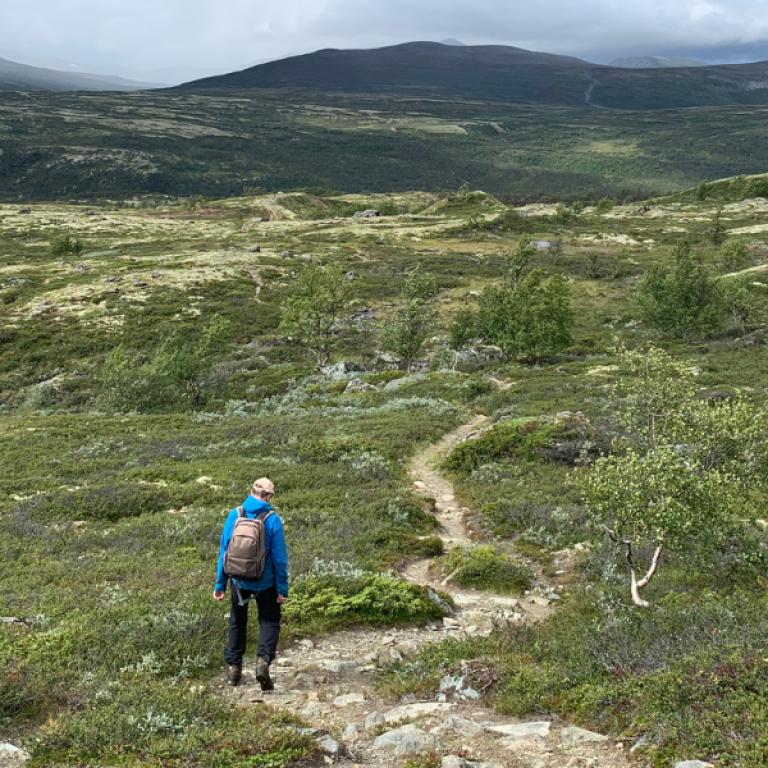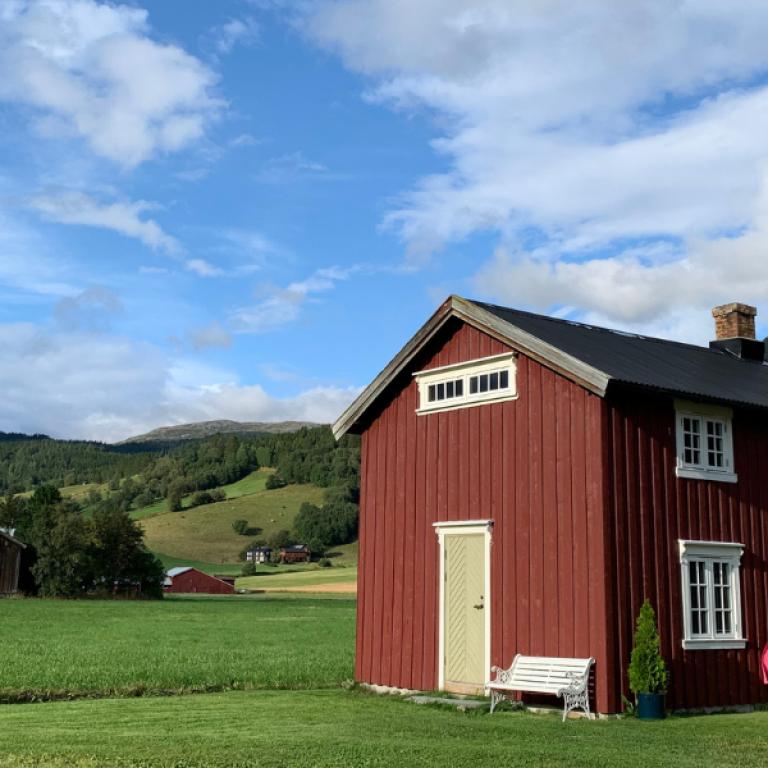This unforgettable journey traces one of the most iconic stretches of the St Olav Way in Norway — the ancient pilgrimage route leading to Trondheim, once home to the shrine of Norway’s patron saint, Olav II.
Your adventure begins in Dovre, where rugged mountain landscapes give way to quiet forests, river valleys, and peaceful farmland. Each step brings you closer to the towering Nidaros Cathedral, the spiritual heart of the St Olav pilgrimage and a reward like no other.
Whether you’re drawn by nature, history, or the need to slow down, this self-guided hike along the St Olav Path offers a deeply personal way to connect with Norway’s wild beauty and rich cultural heritage. Luggage transfer is available — so you can focus on the journey, not the weight on your back.














